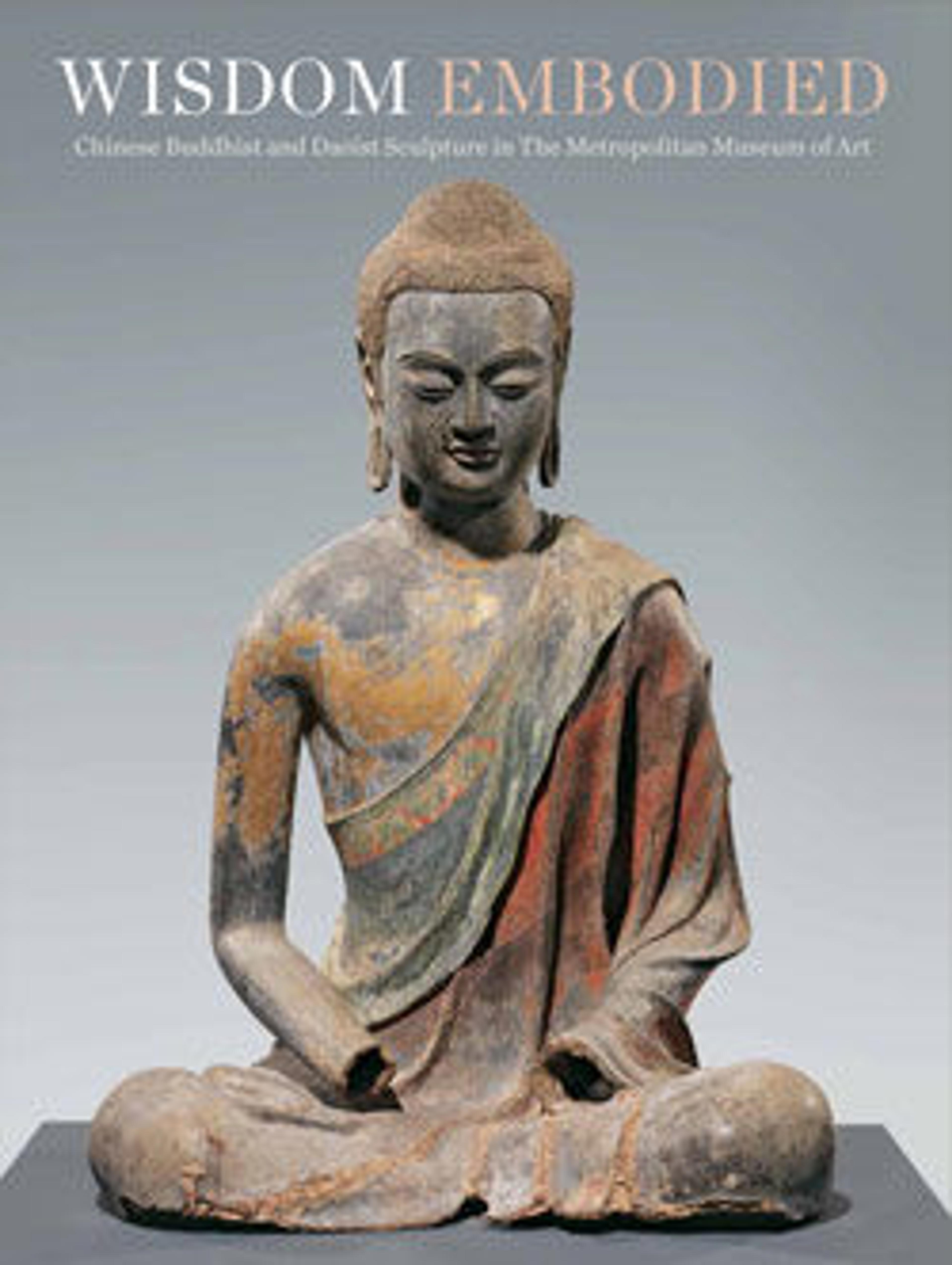Polestar Deity Kui Xing
The Pole Star, a popular religious figure associated with the Lord of Literature (Wen Chang Dijun), was the tutelary spirit presiding over the civil-service examinations. Depicted as a demonic figure (the name of the star is a homophone for the word for "eminent," which is composed of the ideograph for "demon" and the ideograph for "dipper"), the Pole Star had a cult that became particularly important in Ming times, when the number of examination candidates competing for the limited number of available official appointments made divine help all the more welcome.
This dynamic figure shows the god in the act of adding the final dot to the Big Dipper constellation over which he presides. The deity, his robes swept backward by a cosmic wind, balanced on one foot (now missing) while holding aloft a brush (also missing). In his left hand he grasps an ingot of gold or silver, symbolic of the emoluments forth-coming from examination success.
This dynamic figure shows the god in the act of adding the final dot to the Big Dipper constellation over which he presides. The deity, his robes swept backward by a cosmic wind, balanced on one foot (now missing) while holding aloft a brush (also missing). In his left hand he grasps an ingot of gold or silver, symbolic of the emoluments forth-coming from examination success.
Artwork Details
- Title: Polestar Deity Kui Xing
- Period: Ming dynasty (1368–1644)
- Date: 16th–17th century
- Culture: China
- Medium: Leaded tin brass; lost-wax cast
- Dimensions: H. 9 1/2 in. (24 cm)
- Classification: Sculpture
- Credit Line: Purchase, Friends of Asian Art Gifts, 1998
- Object Number: 1998.146
- Curatorial Department: Asian Art
More Artwork
Research Resources
The Met provides unparalleled resources for research and welcomes an international community of students and scholars. The Met's Open Access API is where creators and researchers can connect to the The Met collection. Open Access data and public domain images are available for unrestricted commercial and noncommercial use without permission or fee.
To request images under copyright and other restrictions, please use this Image Request form.
Feedback
We continue to research and examine historical and cultural context for objects in The Met collection. If you have comments or questions about this object record, please complete and submit this form. The Museum looks forward to receiving your comments.
